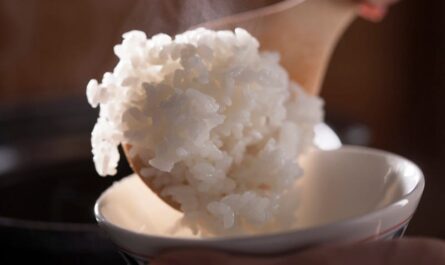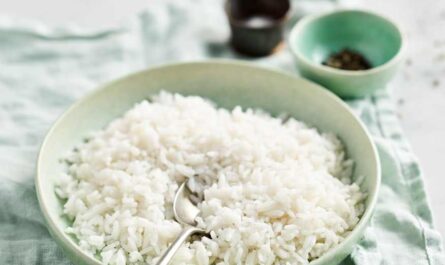Creating the perfect sushi starts with mastering traditional sushi rice methods. This foundational element is key to enjoying authentic Japanese cuisine. In this article, we will explore the art and science behind preparing sushi rice using time-honored techniques.

The Importance of Sushi Rice in Japanese Cuisine
Sushi rice is the cornerstone of any sushi dish. It is more than just a bland accompaniment; it’s an integral part of the sushi experience, providing texture and flavor that complements the fish and other ingredients.
Understanding the Basics of Sushi Rice
To make sushi rice, you need short-grain rice, which is known for its sticky texture. This stickiness is essential for forming sushi rolls and nigiri. The rice is typically seasoned with a mixture of rice vinegar, sugar, and salt, which gives it a distinctive taste.
Choosing the Right Rice
The first step in traditional sushi rice methods is selecting the right type of rice. Authentic sushi rice, or ‘shari’, is made from Japonica rice. This variety is short-grained and becomes sticky when cooked, making it perfect for sushi.
Rinsing the Rice
Rinsing the rice is an essential step to remove excess starch, which can make the rice gummy. It involves washing the rice with cold water until the water runs clear.
Cooking Techniques
Once rinsed, the rice is cooked using either a rice cooker or a stovetop method. Both methods have their advantages, but using a rice cooker can simplify the process and ensure perfect results.
Seasoning the Rice
Seasoning is crucial to achieving the authentic taste of sushi rice. A mixture of rice vinegar, sugar, and salt is gently folded into the cooked rice while it is still warm, allowing the flavors to meld perfectly.
Refining Your Sushi Rice Technique
Mastering traditional sushi rice methods involves practice and attention to detail. Here are some tips to refine your technique:
Perfecting the Vinegar Mixture
The right balance of vinegar, sugar, and salt is vital. Too much or too little can alter the taste significantly. It’s often a matter of personal preference, so feel free to adjust the ratios to suit your taste.
The Cooling Process
After seasoning, the rice should be cooled to room temperature. This can be done by spreading the rice out in a shallow dish and gently fanning it. This process helps to achieve the right texture.
Storing Sushi Rice
Sushi rice should be used the same day it’s made for the best flavor and texture. If you must store it, keep it at room temperature and cover it with a damp cloth.
Common Mistakes and How to Avoid Them
Even experienced cooks can make mistakes when preparing sushi rice. Here are some common pitfalls and how to avoid them:
Over or Undercooking
Cooking the rice properly is crucial. Overcooked rice can be mushy, while undercooked rice can be hard. Using a rice cooker can help avoid these issues.
Improper Seasoning
Seasoning the rice while it’s too hot or too cold can lead to uneven flavor distribution. Make sure the rice is warm, not hot or cold, when mixing in the vinegar solution.
Using the Wrong Rice
Using long-grain rice instead of short-grain can result in rice that doesn’t stick together well. Always choose the right type of rice for sushi.

FAQs About Traditional Sushi Rice Methods
What type of rice is best for sushi?
Short-grain Japonica rice is best for sushi due to its sticky texture, which is essential for forming sushi rolls and nigiri.
Can you use a rice cooker to prepare sushi rice?
Yes, using a rice cooker is a convenient way to prepare sushi rice and can help ensure consistent results.
How should I store leftover sushi rice?
It’s best to use sushi rice on the same day it’s made. If necessary, store it at room temperature and cover it with a damp cloth to maintain its moisture.
For more details on sushi rice preparation, you can visit Food.com. Additionally, for more insights on sushi rice and other related topics, check out this guide on yellowing sushi rice warning.
This article contains affiliate links. We may earn a commission at no extra cost to you.




